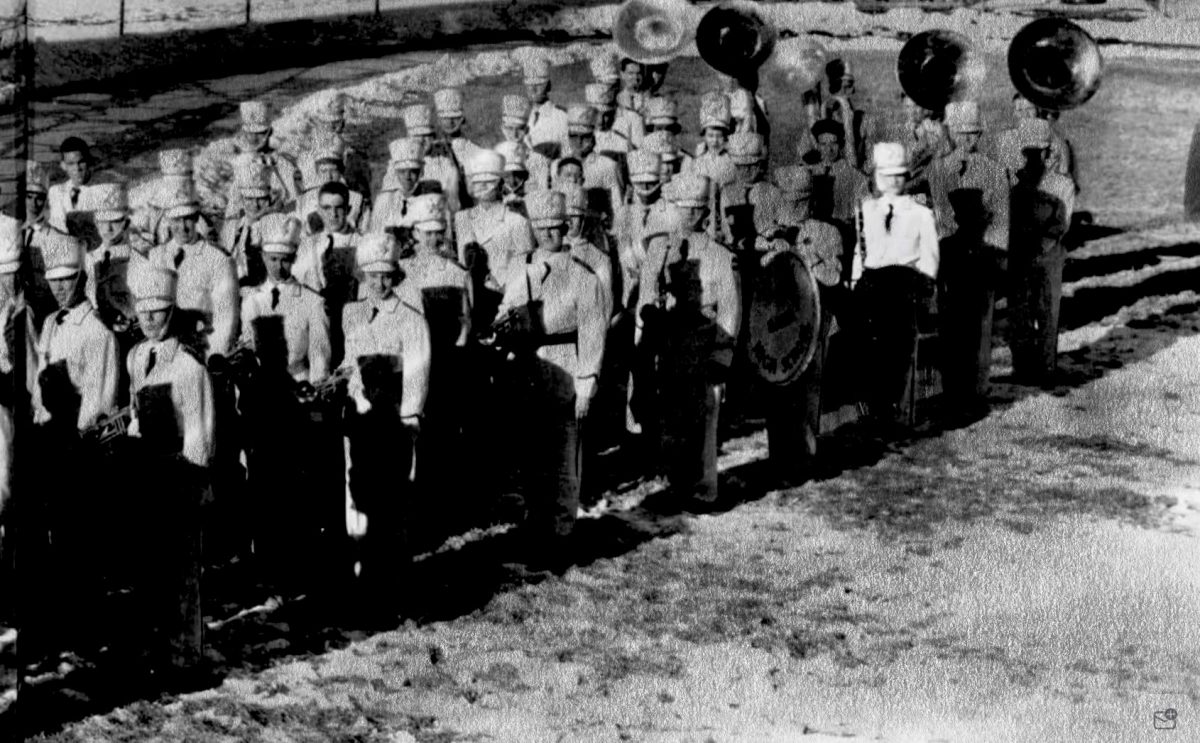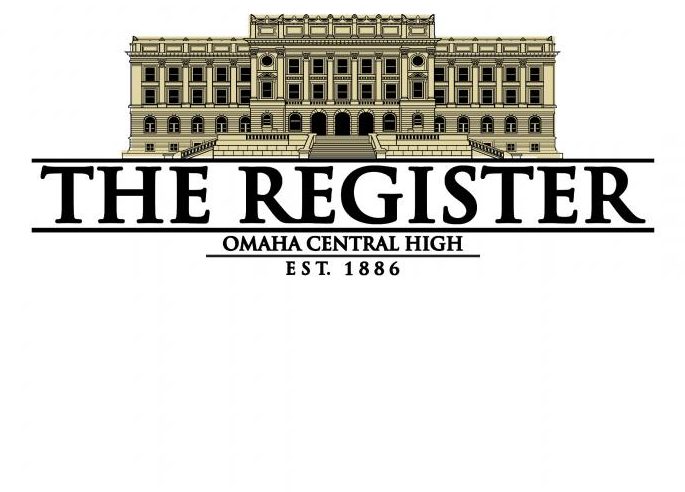The use of therapy animals has been on the rise in recent years, especially in schools. The benefits have proven to be very positive, so why don’t we see them at Central?
A therapy dog is different from emotional support animals. Therapy animals are specifically trained to provide comfort or affection to many people. Emotional support animals provide the same services but for one specific person. Service animals are completely different. These dogs do work or perform tasks for someone with a disability.
According to the Alliance of Therapy Dogs, having these animals present at schools has socio-emotional and cognitive benefits.
Socio-emotionally, dogs are “good listeners and offer great companionship and an audience to children without making any judgments.” The Alliance further states that these interactions help reduce negative behaviors and overall improve well-being.
Finals week is one of the most stressful times for a high school student. With all the upcoming exams, therapy animals can be an even more valuable tool. Interaction with these dogs can produce serotonin, the happy chemical. It can also be a welcome distraction and momentary break from the stressful week.
Cognitively, three key benefits of the dogs for children and adolescents are “improved reading skills, enhanced executive-functioning skills, and stimulating memory and problem-solving skills.” Just the dogs being present in the classroom can reduce stress levels.
According to Central staff, there has not been a therapy animal at Central in recent history.
These animals have been used in other districts around the metro area and across the state for years. In all these circumstances, the schools reported positive outcomes from students.
Ackerman Elementary in Millard Public Schools has two therapy dogs, George and Bryzzo. Multiple dogs can be seen around the high schools and elementary schools in Papillion-La Vista Community Schools. Westside Middle School has Gretel, the Bernese Mountain dog, in the counselor’s office three times a week. Watson Elementary in Hastings has Ralph, the boxer/basset, every day.
The most notable example of therapy dogs in Nebraska’s schools is in Lincoln Public Schools. Across their 74 schools, there are 44 therapy dogs in use and even more in training. This program was started in 1998 at Mickle Middle School, and it now encompasses the entire district.
Omaha Public Schools’ policy states the rules for therapy animals in the district. According to the policy, the animal has to belong to a staff member. This staff member has to submit a written request to their principal or district official to get allowance. The animal also always has to be under the control of their owner. While this policy is in place, schools can contact therapy dog organizations and get groups of animals through them.
Therapy animals are trained with one specific handler. This handler is the only one who can accompany the dog while they are working. This is why I believe Central has never had one. If the handler must be a staff member, and if that person must be with the dog at all times, it makes getting one incredibly difficult.
A staff member, usually a counselor, has to be willing to train an animal and be with them at all times at school. If this would not be possible, I think Central should at least contract these dogs out during highly stressful times for students. There are many of these organizations around the metro area that are available and willing to come to schools and provide support to students and staff.

















